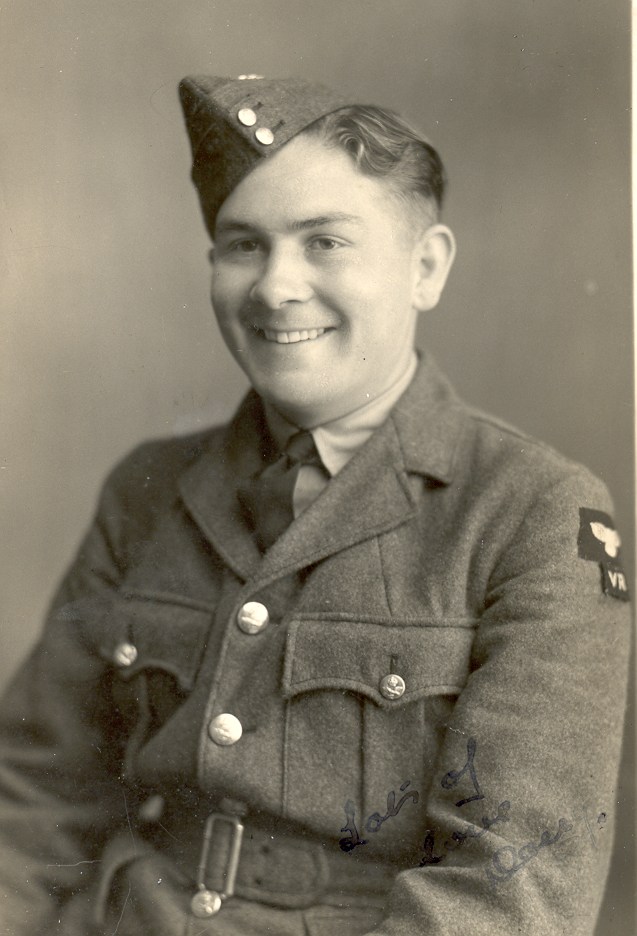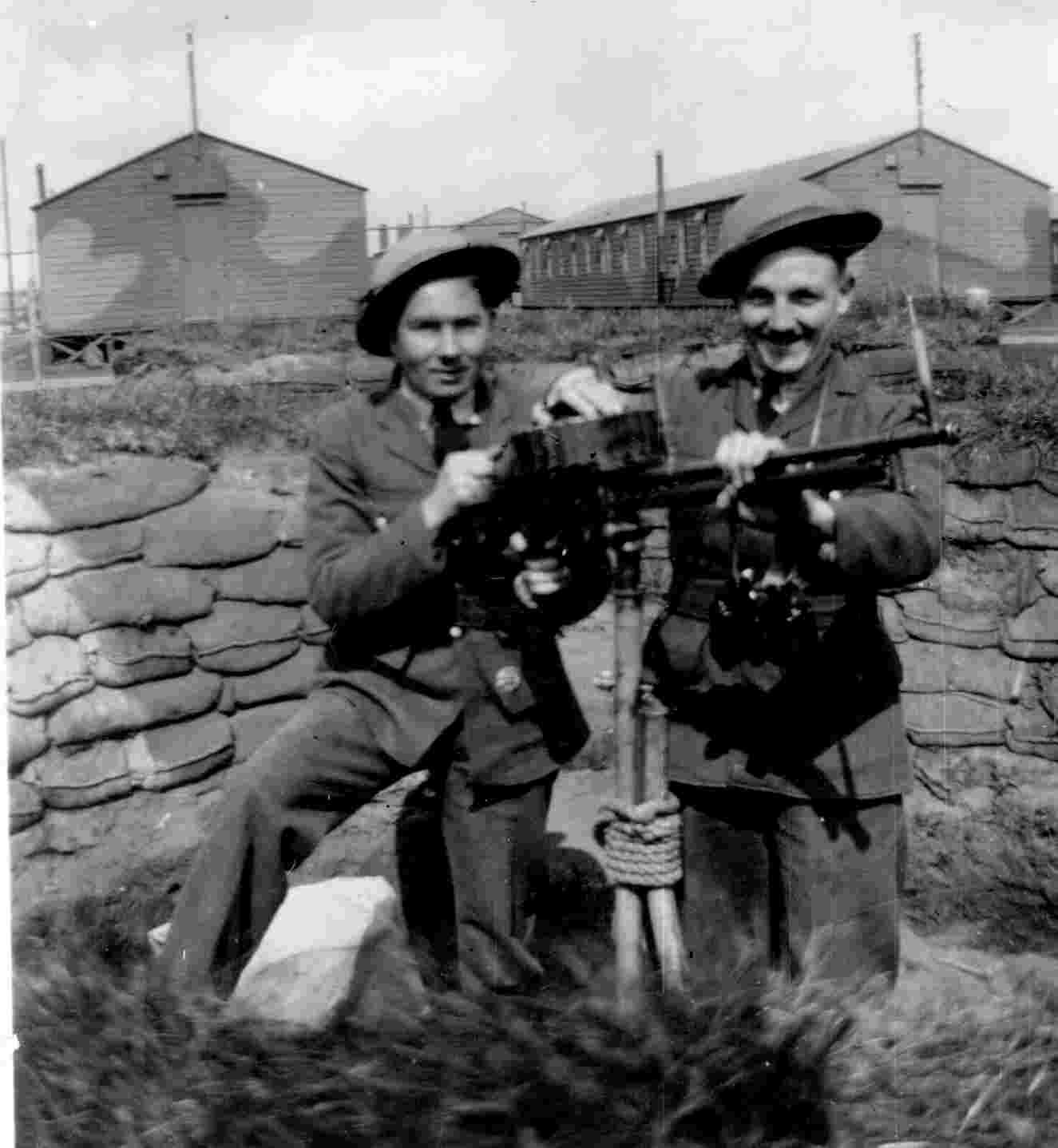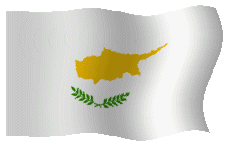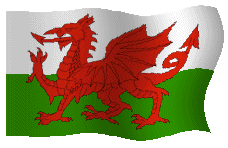|
My father, Doug Davies, was an electrician and was just 19 when he
joined RAF Bomber Command Volunteer Reserve in 1940.
Until 1942 he worked as ground crew using his electrical
expertise but then decided to retrain and ended up as a
sergeant gunner on Lancaster and Wellington bombers. He
soon was in the air, mainly as a tail gunner but
frequently in the mid upper turret.
On March 4th 1943 at 1832 hrs, he was the mid
upper gunner on Lancaster Bomber ED549 which took off
from RAF Waltham, a satellite of Binbrook in
Lincolnshire. They were involved in a ‘gardening’
operation which involved 4 aircraft and was to
drop mines outside the Nazi U-Boat base at St, Nazaire,
France.
The crew were Sgt. G R Avey RCAF Pilot, Sgt B T Hallett
RAFVR Flight Engineer, Sgt A F Spence RAFVR Navigator,
Sgt G D Cumberbach Barbadian Volunteer Air Bomber, Sgt J
Robinson RAFVR Wireless Operator, Sgt D S Davies RAFVR
Mid Upper Gunner, Sgt R R Landry RCAF Rear Gunner. |

Doug
Davies on volunteering in 1940 |

The
flight crew of Lancaster ED 549 early 1943 |
After having completed their task they flew back to a
fog-bound Lincolnshire where, after failing to land at 2
fog bound airfields they tried to land at RAF Langar in
Leicestershire. But, and there are various theories
about fuel shortage, shellfire damage and mechanical
problems, the aircraft crash landed at 0308 hrs just a
few hundred yards from the runway near the village of
Plungar in Leicestershire.
The ARP warden and team rushed to the crash site where
they found a wrecked Lancaster Bomber. The only survivor
of the crash was my father DS Davies – the rest of the
crew had been killed on impact. Dad was severely head
injured and transferred to a specialist medical unit.
Perhaps a significant fact relating to the cause of the
accident - no fire, which supports the theory of fuel
shortage.
After being discharged back to active duty some 3 months
later, he was examined by the squadron medical officer
who referred him to a civilian psychiatrist. I still
find the diagnosis that was made by that unempathetic
psychiatrist deeply and disgustingly offensive – LMF –
lack of moral fibre !! Perhaps they should have put that
psychiatrist in a cold and noisy airplane, made him
stand behind a set of guns for 8 hours then crash
landing and see 6 of your best friends killed. I’m sure
he would have had second thoughts about flying again!!!
|
|
Fortunately for my father, the squadron leader
intervened immediately and quashed the psychiatrist’s
diagnosis. As a flying man himself the squadron leader
knew exactly what my father had been through and
understood his predicament. Dad was retrained as a
gunnery instructor and spent the rest of the war
teaching youngsters the intricacies of aircraft guns.
During the second World War 55,573 men – all in their
20s and 30s - were killed flying with Bomber Command,
many of them as volunteers fighting for their country.
Even now, some 70 years later, it has taken enormous
amount of effort and funding to erect a memorial in
London’s Green Park in their honour. Yet they are not
even considered worthy of a medal for their efforts –
many to have given their lives in the service of their
country.
Barrie Davies
11th November 2012
|

Gunnery Instructor |






